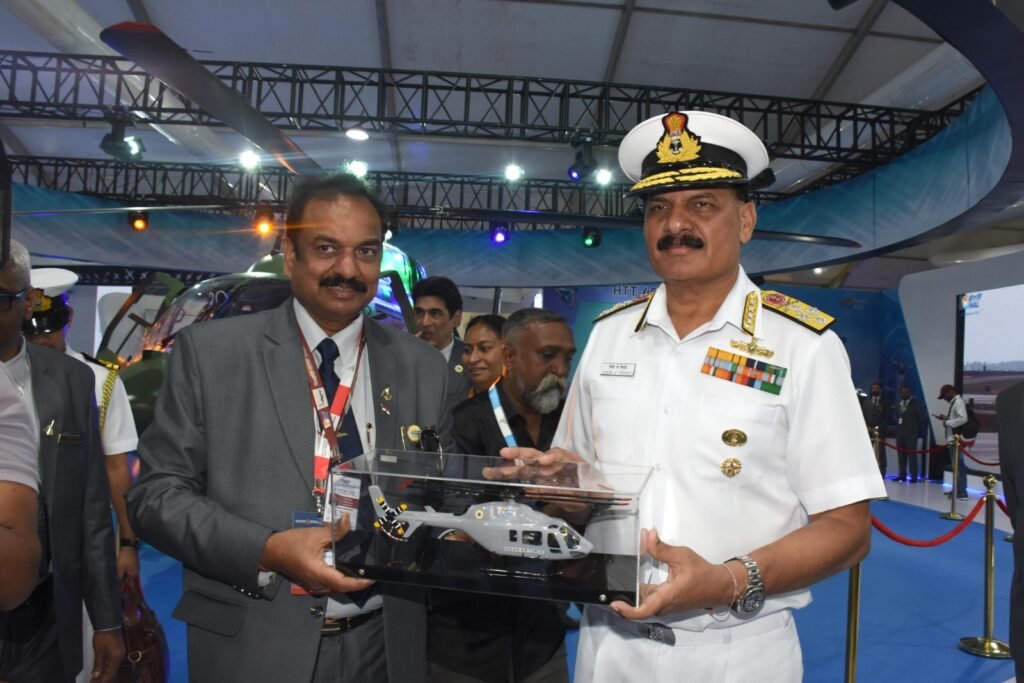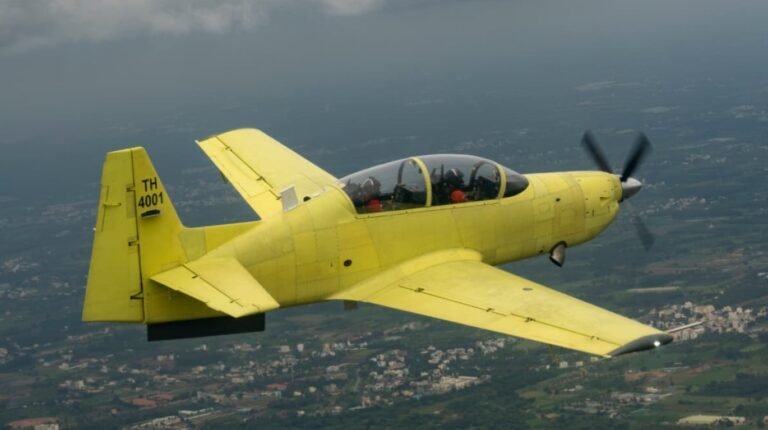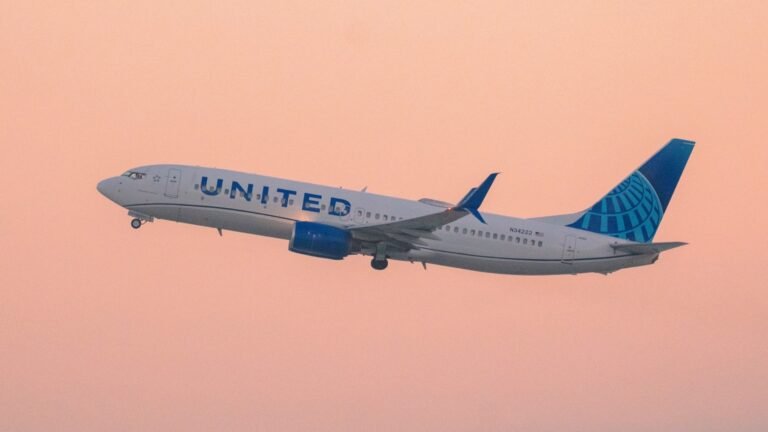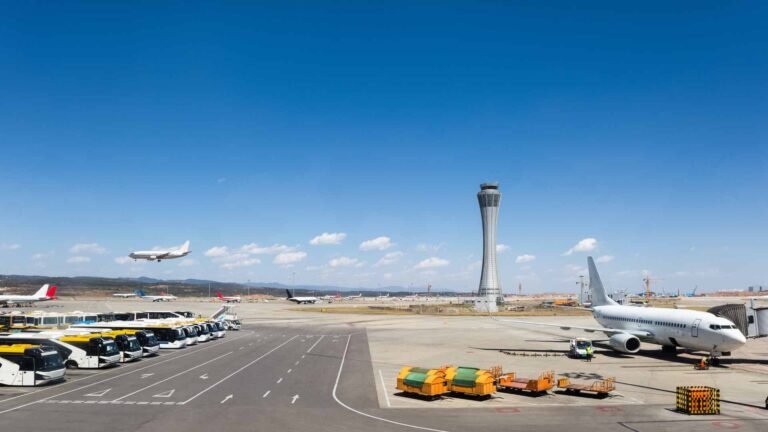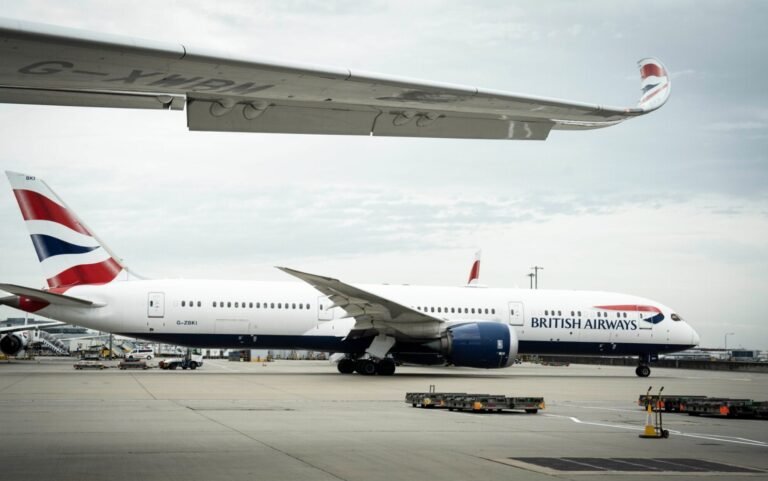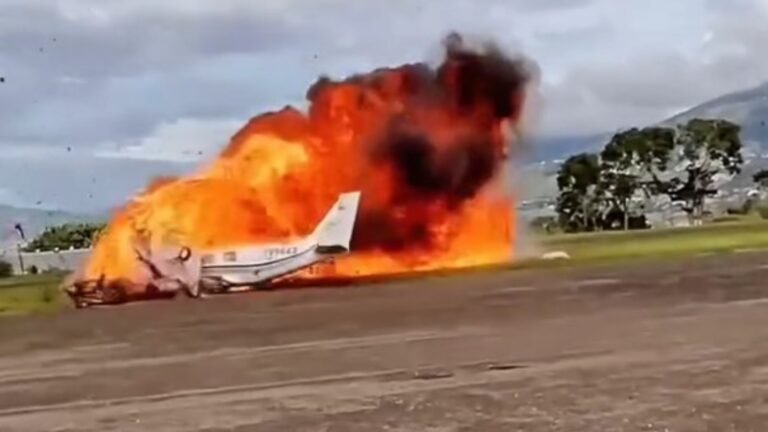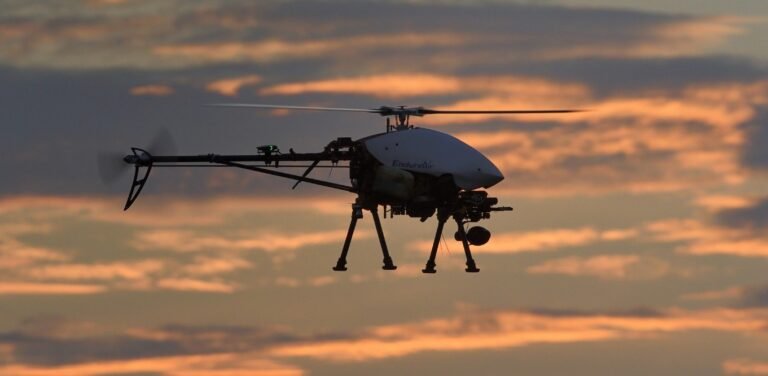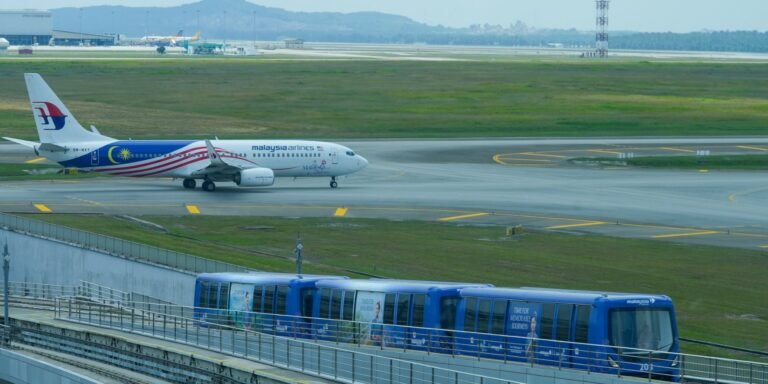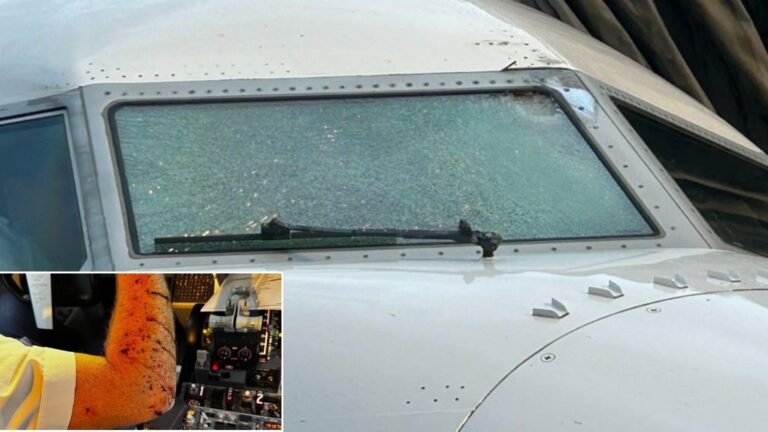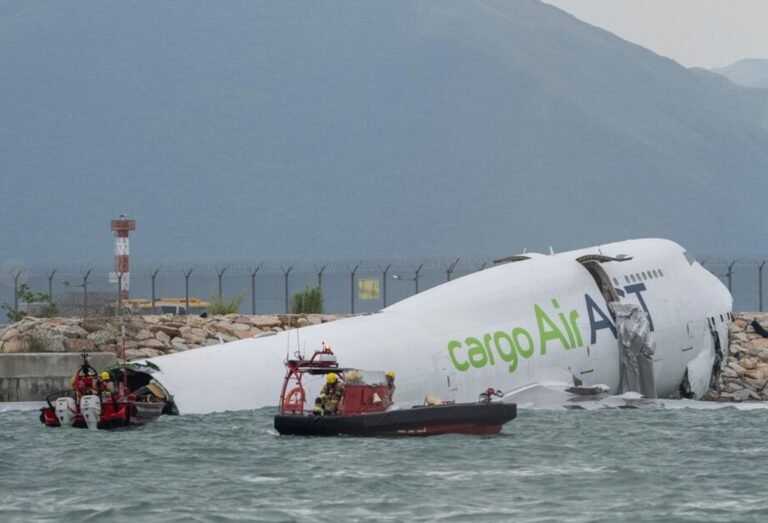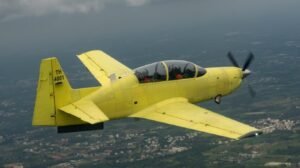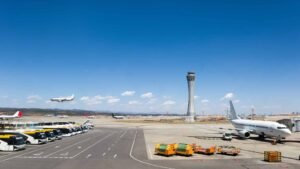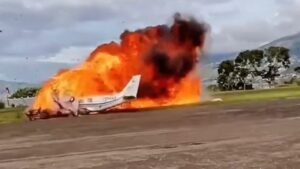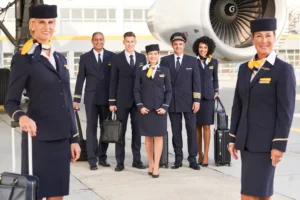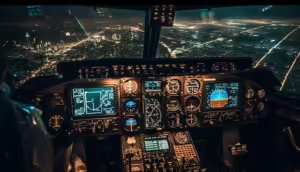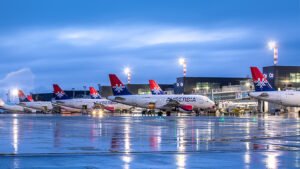Picture credits: X (@indiannavy)
Bengaluru: At Aero India 2025, Raksha Rajya Mantri Sanjay Seth addressed a seminar organized by the Indian Navy, themed ‘Transition to Aatmanirbhar
Indian Naval Aviation – 2047 and its Associated Ecosystem.’
The seminar featured the unveiling of the ‘Indian Naval Aviation – Technological Roadmap 2047,’ with Chief of the Naval Staff Admiral Dinesh K Tripathi in attendance.
The roadmap charts a course for a fully self-reliant and technologically advanced naval air arm by 2047, emphasizing indigenous development, network-centric warfare, and the integration of advanced technologies like AI and autonomous systems.
Key features of the roadmap include the development of next-generation fighters (including the TEDBF), helicopters, airborne systems, and weaponry, as well as the implementation of ‘Optional Manning’ for aerial platforms, a focus on cost-effective counter-UAV systems, and plans for a substantial fleet exceeding 400 aircraft, including air-to-air refuellers.
The roadmap also outlines the expansion of Indian Naval Aviation beyond traditional ISR roles to include communication relay, electronic warfare, scientific research, and search and rescue operations. It sets clear timelines for the design, testing, and deployment of indigenous aviation assets.
It serves as a call to action for R&D institutions, Defence Public Sector Undertakings (DPSUs), industry partners, MSMEs, startups, and academia to contribute to defence technology development, with an emphasis on reducing design and deployment timeframes.
This ambitious vision builds upon India’s ongoing naval modernization efforts, which include over 60 warships currently under construction in domestic shipyards and 39 indigenous ships and submarines commissioned in recent years.
Seth highlighted the importance of a strong industrial base for national defence and urged stakeholders to focus on indigenous, long-term solutions.
Admiral Dinesh K Tripathi emphasized the evolving nature of aerial warfare and the need for continuous technological advancements in aviation. He highlighted key initiatives such as the integration of artificial intelligence, autonomous systems, and enhanced surveillance capabilities into naval aviation operations.
Stay tuned to Aviation Today for more such updates.

